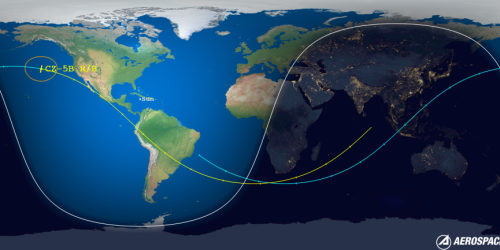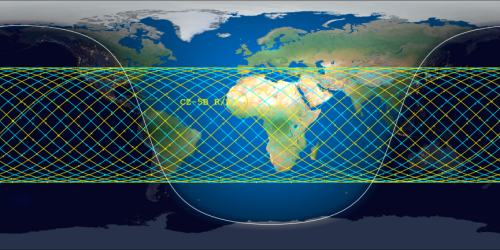Two Chinese pseudo-companies pursuing suborbital tourist market
Link here. One company is apparently copying Blue Origin’s New Shepard, though its capsule’s exterior looks more like a copy of SpaceX Dragon capsule.
The other company however is doing something very unusual for a Chinese space operation. It appears to be designing something original, not a copy of some American achievement.
Space Transportation’s goal is to develop a suborbital spaceplane capable of carrying tourists on suborbital flights. The winged system is very different from Virgin Galactic’s SpaceShipTwo suborbital vehicle, which is currently in flight test.
A larger Space Transportation vehicle would be a high-speed transport that would fly between distant locations on Earth in less than two hours.
…The company released very little information about the six launches it conducted this year. It’s not even clear where the flights took place, although Wikipedia indicates they might have been conducted from the Jiuquan Satellite Launch Center.
If successful, Space Transportation will have have done something almost unprecedented for China, building something from an entirely original design.
Link here. One company is apparently copying Blue Origin’s New Shepard, though its capsule’s exterior looks more like a copy of SpaceX Dragon capsule.
The other company however is doing something very unusual for a Chinese space operation. It appears to be designing something original, not a copy of some American achievement.
Space Transportation’s goal is to develop a suborbital spaceplane capable of carrying tourists on suborbital flights. The winged system is very different from Virgin Galactic’s SpaceShipTwo suborbital vehicle, which is currently in flight test.
A larger Space Transportation vehicle would be a high-speed transport that would fly between distant locations on Earth in less than two hours.
…The company released very little information about the six launches it conducted this year. It’s not even clear where the flights took place, although Wikipedia indicates they might have been conducted from the Jiuquan Satellite Launch Center.
If successful, Space Transportation will have have done something almost unprecedented for China, building something from an entirely original design.








